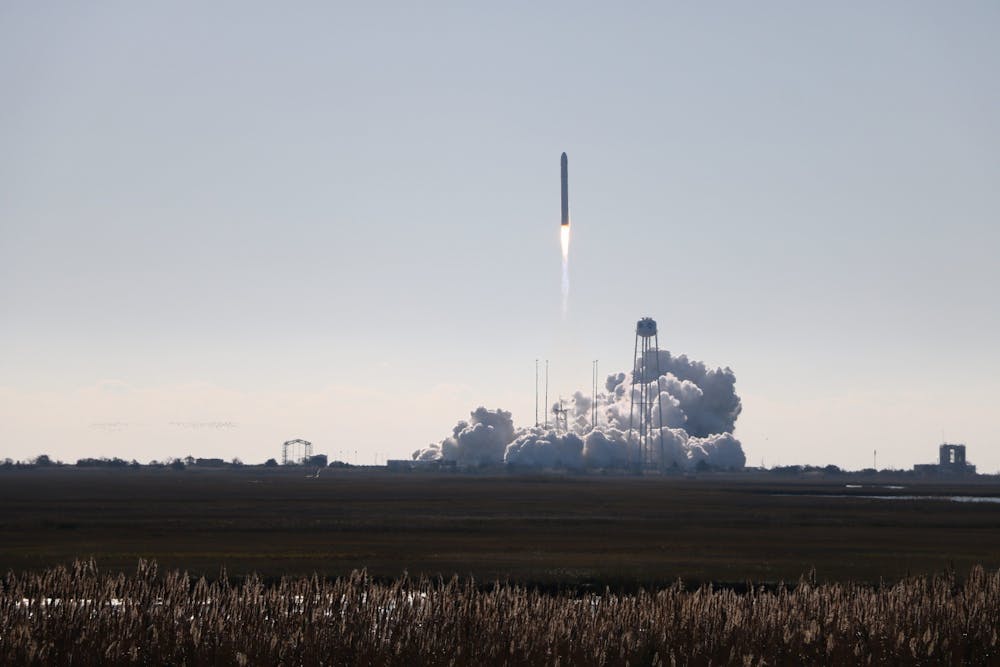On Nov. 2, the ASU student-built satellite "Phoenix" was one of seven student-made CubeSats launched into space by NASA aboard a rocket.
The team's CubeSat has a specific goal in mind, to capture thermal imaging of multiple cities to study the Urban Heat Island Effect or the rise in temperature in an area due to human structures and activities.
Phoenix is currently at the International Space Station awaiting its deployment and then will collect data for six to eight months.
“Our purpose is to see the correlation between building materials of an area and its correlation with the thermal retention,” said Alec Lee Spencer Niblett IV, a senior anthropology major with a certificate in geographic information systems and science team lead.
For all of the students involved, being part of the team was a once in a lifetime opportunity.
“It was amazing for three main reasons,” said Craig Knoblauch former software lead for the project, ASU Capstone mentor and computer systems engineering graduate. “It was really cool to watch all that stress literally rocket away from me, it was really cool to have that accomplishment, and to be a little sappy, I think it’s amazing that human beings can even do that in the first place.”
The CubeSat is a type of satellite, classified as a nanosatellite due to its small size.
“In the past if you wanted a satellite in space it cost an exorbitant amount of money,” Knoblauch said. “CubeSats came as a way to have an affordable way to do research in space.”
The ASU team's CubeSat is known as a 3U CubeSat, which is about the size of a loaf of bread, Knoblauch said.
The satellite has been equipped with a thermal imaging camera that will take photos. From these images, observers can see the difference between the temperatures in the afternoon compared to night, to see how much of the heat is retained in the cities, compared to more rural, tree-covered areas, Niblett said.
Knoblauch said that currently there is not very extensive research on what the effects of the Urban Heat Island Effect are. The team hopes their satellite can prove that human-made structures do make urban areas retain heat from the sun.
Over the years it took the team to build the CubeSat, the team had to really learn how to communicate. The terminology used between the different teams was complex and required the members to learn how to express what they needed in the simplest terms possible, Niblett said.
The project began in 2015 after their proposal to study the Urban Heat Island Effect was selected as part of the NASA undergraduate student instrument project. The project received $200,000 from NASA for their CubeSat project manager Sarah Rogers said in an emailed statement.
In the end, the experience was memorable and well worth the team's effort.
Trevor Bautista, a computer engineering master's student and software team member said, "it was an otherworldly experience."
In the coming months, the team will await the satellite's official deployment from the International Space Station, but for now they are just proud of their achievement.
“Just watching it go up really gave me an inspiring sense of ability. If we could finish this project even with its really big hurdles … all the other projects seem little.”
Reach the reporter at wmyskow@asu.edu and follow @wmyskow on Twitter.
Like The State Press on Facebook and follow @statepress on Twitter.
Wyatt MyskowProject Manager
Wyatt Myskow is the project manager at The State Press, where he oversees enterprise stories for the publication. He also works at The Arizona Republic, where he covers the cities of Peoria and Surprise.
Continue supporting student journalism and
donate to The State Press today.





